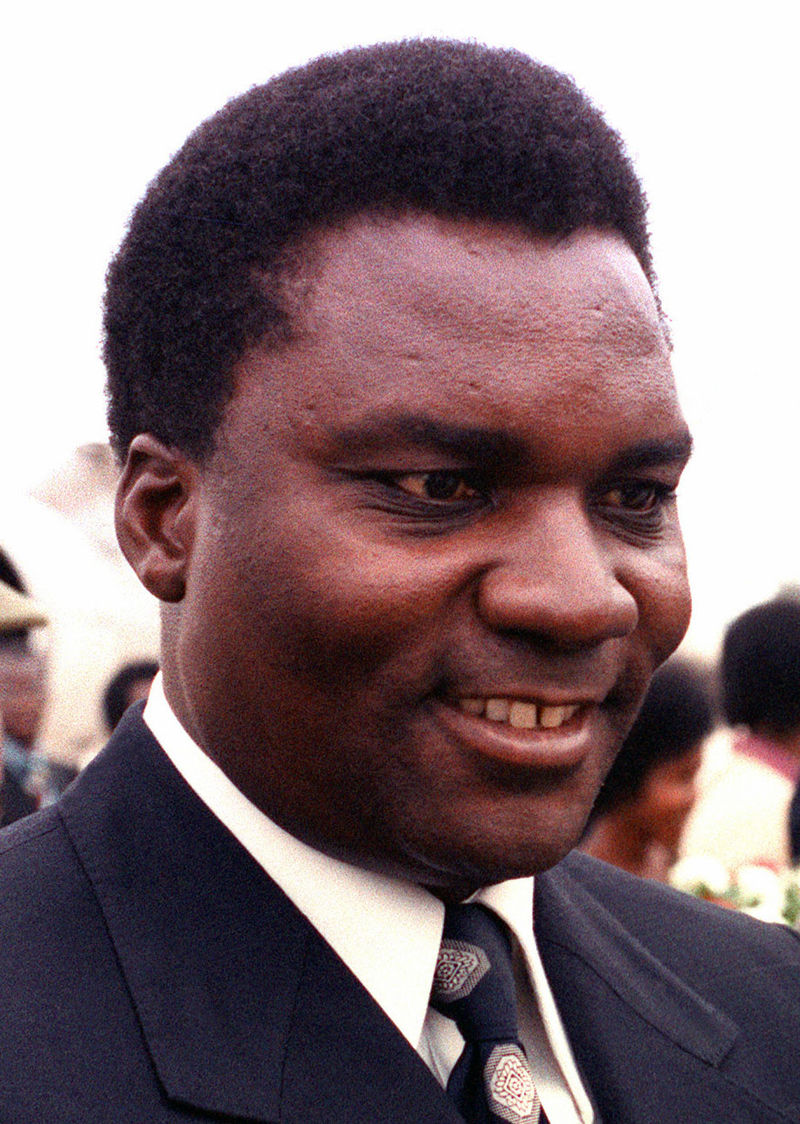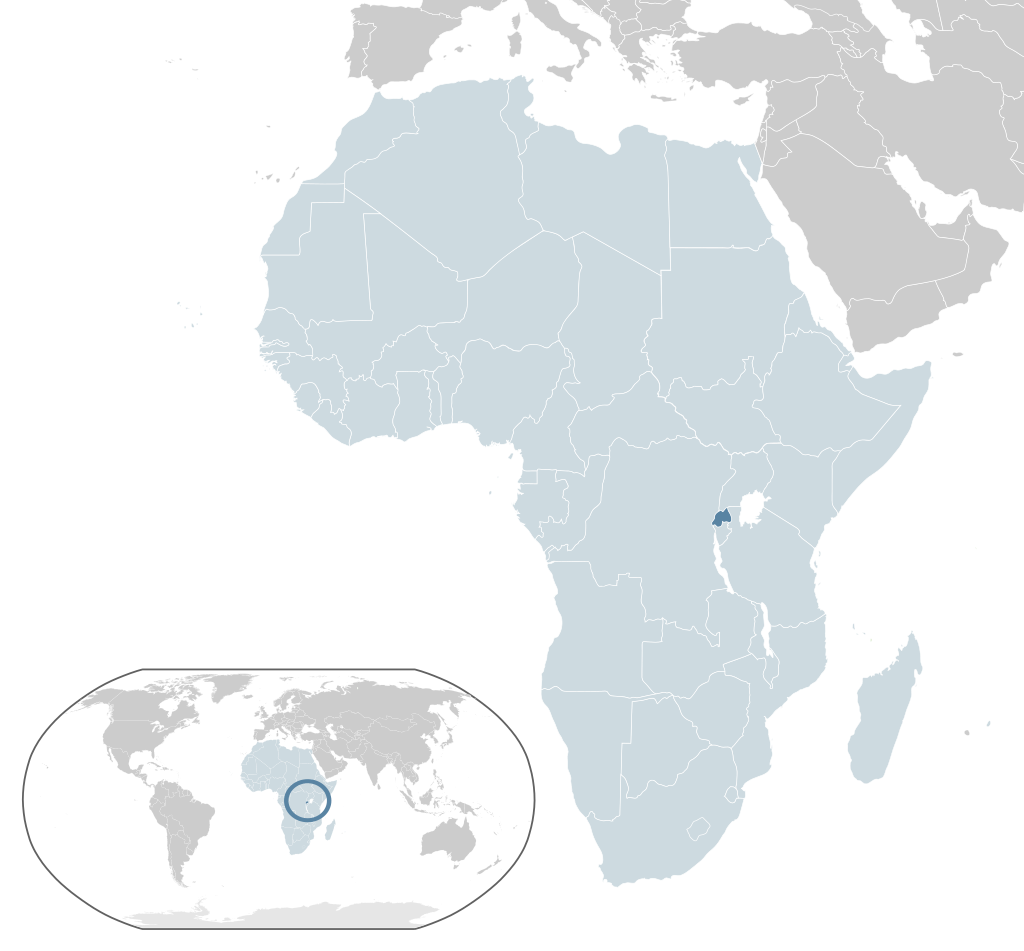Rwanda Becomes More Violent

An image of President Habyarimana from 1980. (Public Domain photo. Info can be found here)
In the midst of all the other tense issues in the region, there was a civil war in Rwanda (1990-1993), which pit President Habyarimana against a group of rebels. A ton of Tutsis had left Rwanda in previous years and stayed for decades in Uganda to try to get away from the fighting. These groups eventually created organizations to fight back, like the Rwandese Patriotic Front (RPF), to plan and coordinate a rebellion back in Rwanda. These groups worried the Ugandan government so they created laws that made it harder for them to own land, hoping that this would force them to return to Rwanda.
In 1990 fifty RPF rebels crossed the border back into Rwanda, and started a trend that would lead thousands more to move back. The goal of the RPF was to end the second class status of the Tutsis, although many people assumed they were trying to overthrow the government. As the RPF got close to taking over the capital the government started to bomb their positions inside of the capital city. The people believed that the RPF had done this so they blamed them for the 348 people dead in 48 hours and started to support the government more. Eventually both Zaire and France stepped in to help stop the bloodshed and this cooled much of the heavy fighting. The rebels were forced to resort to guerrilla warfare moving forward, which resulted in very little movement over the next few years. The Organization of African Unity stepped in to try to create and supervise a peace treaty, which turned into a set of decisions called the Arusha Accords (1992). The RPF would very slowly take more power in the country, but things weren’t too violent due to the UN peacekeepers that stayed in the country.
Over the years to come, the Hutu community started to push more and more for ‘Hutu power’ since there was a worry that the Tutsi would enslave the Hutu if they gained power. Everything changed when President Habyarimana & the Burundi President Cyprien Ntaryamira were assassinated (1994). In a bold move the airplane carrying the two of them was hit by a surface to air missile, and the plane exploded in midair. Both ethnic groups blamed the other for the action, believing that they were trying to start a war with the action. The fact that President Habyarimana had been discussing peace in the country was quite possibly the reason this happened, which is what the US government believed also. The US was extremely worried about this issue,
but they stayed out of it because they had just gotten out of a controversial set of events in Somalia and they didn’t want to deal with another problem in Africa.
We now know that he Hutu had been making plans for war for some time prior to these events. They started to discuss how to wage a genocide against the Tutsi in meetings, and then started to stream hate speech on the TV and the radio. The Tutsi kept being referred to as ‘cockroaches’ to demean them and then they would play the ‘10 Hutu Commandments’ to explain how you deal with the Tutsis if you have to. The UN was informed of these potential problems, but they claimed there was little they could do until it turned into a full genocide.
The Akazu Hutu power group kept sending coded messages on the TV and radio as well as sensationalized reports about how the assassination happened. They included false reports of how the Tutsis tortured and even castrated the Burundi leader. The Hutu led media would broadcast exactly when, where, and how to kill people and rape women. The term cockroach was used as a way to keep their meaning coded, but pretty much everyone knew what the term really meant.

The location of Rwanda. (Public Domain photo. Info can be found here)
